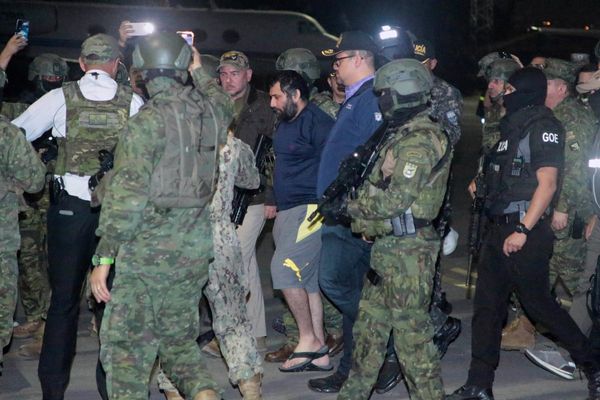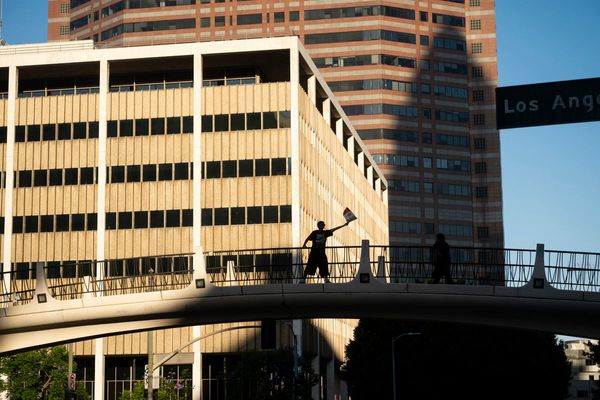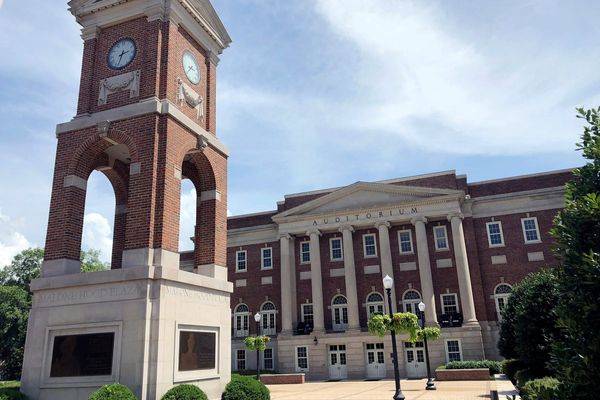
SAN LUIS, Cuba _ In Cuba, there's only one tobacco grower whose face has been deemed worthy to grace a box of Cuban cigars. It's the late Alejandro Robaina, and premium Vegas Robaina cigars have spread his fame to cigar aficionados around the globe.
Now his descendants work the same tobacco lands in Cuba's famed Vuelta Abajo, where the creme de la creme of Cuban tobacco and the finest capas _ wrappers _ are produced using the same methods of Don Alejandro. Before he died in 2010, the man who rose from humble roots on the leaves of tobacco had traveled the world as an ambassador for Cuban cigars.
So popular were Vegas Robaina cigars during the XVIII Festival Habano, which celebrated the Cuban cigar from Feb. 29 to March 4 this year, that there was scarcely a box to be found in Havana weeks after the event ended.
The rapprochement between the United States and Cuba and the influx of American visitors eager to sample one of Cuba's most famous products also has spiked demand for Habanos.

"The demand for cigars by tourists is probably higher than it's ever been. Many people think it's not a complete trip unless they buy and smoke a Cuban cigar," said David Savona, executive editor of Cigar Aficionado magazine. "But generally speaking, there are enough cigars."
Cuban cigars also have growing cachet in emerging markets like China and Russia, Savona said, but other than some super premium brands, Cuban cigars aren't currently in short supply because the weak global economy is cutting into sales in some of Cuba's traditional European markets. Prices have edged up slightly, he said, and Cuba is adding more premium, high-priced cigars to its offerings.
Despite Cuban tobacco's fame, it isn't a big contributor to Cuba's bottom line. Production is limited. It did pick up in 2015, however, with 24,500 metric tons produced, compared to 19,800 metric tons the previous year, according to Cuba's National Office of Statistics and Information. Land planted in tobacco also was up significantly in 2015 compared to the previous four years.
"When the embargo is lifted, the Cubans will need to up production even more," Savona said. "But production and sales aren't always at an equal pace. Cigars do get better with age."

The weather wasn't cooperating in Cuba's Vuelta Abajo tobacco-growing region during the 2015-16 tobacco season. Heavy rains this past winter meant some farmers in western Pinar del Rio province lost their crops in soaked fields and had to hastily replant.
But because the Robaina plantation is on higher ground, it was largely spared the effects of the soggy weather.
For the Robainas, tobacco is a way of life that began when their maternal ancestors, the Peredas, came from the Canary Islands in 1845 and settled in the area of western Cuba known as Cuchillas de Barbacoa. It turned out that Cuchillas de Barbacoa with its cool nights, fertile soil and abundant water is the best place in all of Cuba _ and perhaps the world _ to grow quality tobacco.
Alejandro Robaina, who was born in 1919, began working the family tobacco lands when he was 10 _ also the age when he sampled his first cigar _ and later took over from his father Maruto. Along the way, he became a master tobacco grower and his wrapper tobacco became legendary.

When the Cuban government first wanted a poster boy for Cuban cigars, it asked Macho Robaina, his brother. "He refused and said, 'Get my younger brother Alejandro to represent the work of the family and the zone here,'" said Frank Robaina, Alejandro's nephew and Macho's son.
So Alejandro became the face of Cuban cigars _ a role he relished.
In 1997, Habanos S.A., the Cuban joint venture that markets the island's tobacco products, named a new cigar line, Vegas Robaina, in his honor and launched the new brand in Spain. Ever since, Alejandro, cigar in hand, with tobacco fields and a drying barn in the distance, can be seen on the top of Vegas Robaina boxes.
But not all the leaves used in a Vegas Robaina cigars necessarily come from land farmed by Robainas, and the family also produces tobacco that finds its way into Cohibas and other premium brands.

The Vegas Robaina "is a fine brand but it is not one of Cuba's big global brands. It's a more boutiquey brand," Savona said.
Now the Robaina tobacco operation is largely run by Alejandro's grandson Hiroshi and other family members. After Alejandro retired from his world travels, tobacco connoisseurs still managed to find the farm, El Pinar Alejandro Robaina, which sits about a mile down a red dirt track off the main road. Hard-core cigar lovers still beat a path to El Pinar, especially in December when the lush emerald-green tobacco leaves begin poking through the soil.
"It's a great farm and a beautiful spot," said Savona, who has visited. "The Robaina family has a wonderful reputation for growing beautiful tobacco for many, many years, and Alejandro passed on the tricks and techniques to his grandson."
Frank and Hiroshi Robaina farm adjacent parcels of land. Frank said the family tobacco lands were cut up into 13 pieces by his father in 1960 to avoid agrarian reform. Family members were allowed to keep their land and now farm it as part of a cooperative that has a contract with the state.

Oxen that carefully pick their way among the rows of plants are still used for plowing and various field tasks just as they were when Alejandro worked the lands in Cuchillas de Barbacoa. The behemoths fastidiously manage to avoid trampling the tender plants even though the rows are only six inches apart, and workers are also scrupulous about clearing the rows of grass and weeds so oxidation levels in the soil aren't adversely affected.
"There are many elements in the cultivation of tobacco," Frank said. "A lot of it is manual labor and every leaf of tobacco passes through many hands. There isn't any bad soil here, but some lands are better than others.
"And in terms of the cigars made from our tobacco, no one can equal them in aroma and flavor," he added.
Although Frank's son Jose Carlos studied computing for three years, he ultimately decided that his heart was in tobacco and he is back working the oxen on Robaina land.

Beyond selling cigars, Cuba also has turned its famed tobacco region in Pinar del Rio into a tourist attraction.
Infotur, the National Office of Tourist Information, for example, has put out a map and guide called "The Tobacco Route" that includes Pinar del Rio tobacco farms that are open to the public, information on the Francisco Donatien tobacco factory and other places to buy cigars, where to stay and eat in the tobacco region and how to get there.
Visitors can learn about the curing process, which takes 45-50 days in Vuelta Abajo; why some tobacco is shaded with gauzy cheese cloth, the parts of the tobacco plant that yield the filler, the binder and the wrapper (hint: the part of the plant lowest to the ground is used for cigarettes and lower-quality cigars); and see rollers making Cohiba and Trinidad cigars at the Donatien factory just off the Plaza de la Independencia in the city of Pinar del Rio.
Infotur calls the 62-mile tobacco trail "a world of sensations and aromas within reach." Along the route, it promises visitors can explore "the way of life and the secrets that families have passed from generation to generation" as well as the process of selecting the best leaves and curing them before they arrive in the hands of cigar rollers "who make each puro Cubano (Cuban cigar) a work of art."

El Pinar Robaina is among the farms listed on the tobacco route, but even some farms that aren't in the listing are happy to show visitors around.
In late March as tobacco was being harvested at the Finca Ramirez in Puerta del Golpe, Caridad Piloto Morejon, 63, deftly and swiftly strung the fan-like tobacco leaves on a thin wire and pulled a thread through them to hang them for drying. If her movements seem practiced, it's because she first began working in tobacco as a young girl.
After her retirement from a politechnical school nine years ago, she returned to the tobacco barns. She makes two Cuban pesos per cuje, which is about 150 leaves strung on a pole for drying. During the harvest, Piloto works from 7:30 a.m. until 6 p.m. and by lunch time, she can fill 14 cujes, earning 28 pesos.
The tobacco route is a natural progression, Savona said. After visitors check out a cigar factory in Havana, he said, "if they have time, they want to get out to Pinar del Rio and visit the fields and talk to farmers."







